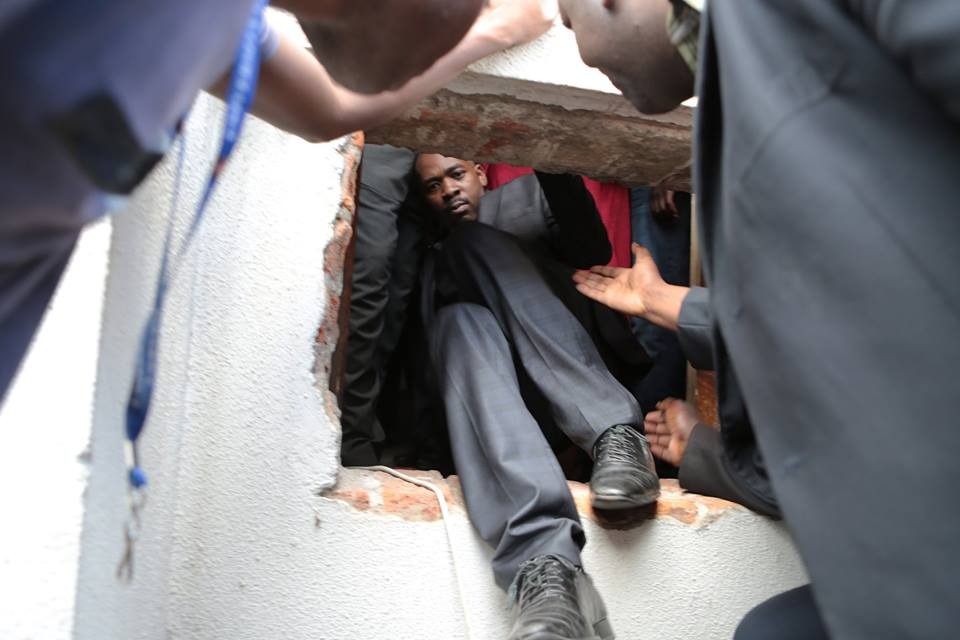by Own Correspondent
Kenyan script, Zimbabwean cast – is the best way to describe the violent clashes that took place in Harare on 1 August this year.
The clashes came as a surprise to many considering that the electioneering for the 30 July plebiscite was the most peaceful in the history of Zimbabwe.
However, to those who follow the news, the violence was long time coming.
Let us rewind to July 2017, when former MDC-T leader Tsvangirai and one of his then deputies, Nelson Chamisa, travelled to Kenya where they met with Orange Democratic Movement leader, Raila Odinga (known for inciting some Kenyans to burn and turn their country upside down every time he was defeated in an election).
Chamisa is on record confirming the visit to the East African country.
“We travelled to Kenya to build a global coalition against manipulation of elections, not just in Zimbabwe, but the whole African continent,” he said.
“The tragedy we have on the continent is of disputed elections and to that end, efforts are afoot to mobilise international and global solidarity for free and fair elections, not only in the Sadc region, but also East Africa.”
Two issues became clear from the above mentioned trip – the MDC-T faction now led by Chamisa, would dispute any election defeat citing rigging, even without evidence just like Odinga and they would employ the latter’s 2008 tactics in dealing with future alleged election rigging.
Evidence supporting the above line of argument came out during the recent past electioneering, where Chamisa promised to render the country ungovernable in the event that he lost the election. He went on to declare that he would not accept electoral defeat. Chamisa ended up proclaiming himself winner of the presidential election before official results had been announced.
Taking into consideration that during the campaign period Chamisa urged his supporters to defend the vote with their live in the event of vote rigging, the moment he unofficially declared himself winner the stage was set for violent clashes – as whatever result contrary to his own was a signal for his supporters to take to the street in defense of their vote.
The official national assembly results came out indicating that the ruling Zanu PF had won over two-thirds majority and the MDC Alliance youths sensing impending defeat in the presidential election took to the streets and the rest is history.
In a television documentary titled, ‘Heal the nation – Kenya post-election violence,’ it is mentioned that young people constituted the highest number of perpetrators of violence in Kenya post 2007 elections and also the highest number of victims.
One unidentified youth said it was not his intention to perpetrate acts of violence but was used by elders.
‘Were it not for their incitement, we would not have fought.’ said the youth.
The documentary goes on to tell other horrendous stories of the rape of a woman whose caesarean operation wound had opened up while fleeing from the violence, people being pulled out of commuter omnibuses and hacked to death in broad day light and the displacement of a significant part of the population.
Before Odinga incited some Kenyans to engage in violence in 2008, there was peace in that country. The same goes for Zimbabwe, the fact that the majority who voted in last month’s election did not see Chamisa’s proposed Canaan route as viable is not reason enough for the opposition leader to lead the country to 2008 Kenya.
Should we take that route I guarantee you that Chamisa will not bury his kids, but the ordinary people will sure do, and for what? The legal route is available for Chamisa to challenge the election result, by providing evidence to the contrary – why not take that?




